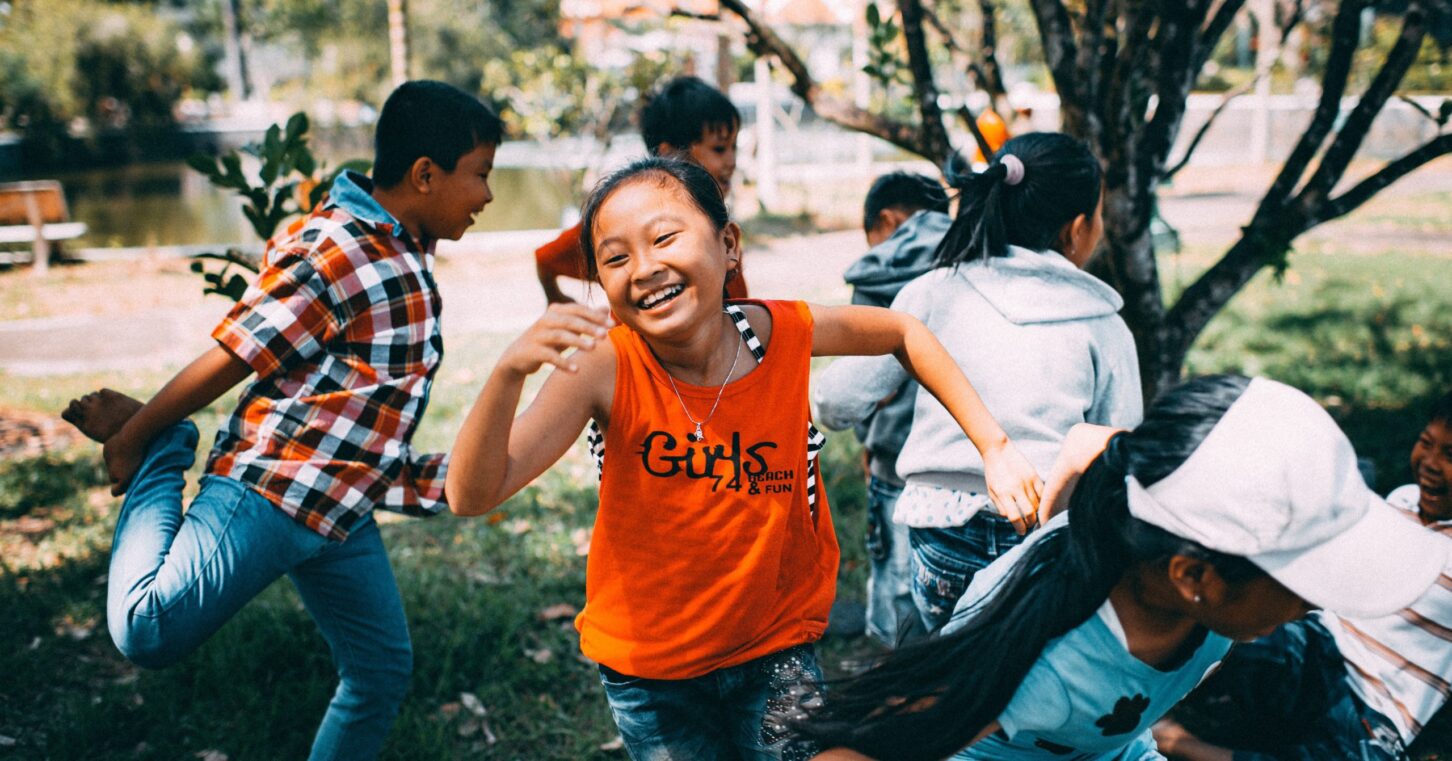
It’s the middle of the month, so my family is getting another $500 check in the mail from Uncle Sam, representing this month’s portion of the expanded Child Tax Credit for our two sons.
Just like the previous three months, we’ll save the money in anticipation of next year’s tax bill. Which says less about our financial discipline than it does about a looming “crisis” that is both little-noticed and all too predictable.
The checks started coming this summer, after Congress passed the American Rescue Plan Act. Among other things, that law made three significant changes to the Child Tax Credit. It increased the $2,000 credit to $3,600 per year for children under 6, and $3,000 for children ages 6 to 17. It eliminated the work requirement, so families can claim the credit even if they don’t pay taxes. And it provided for six monthly “advance payment” checks, starting in July: $300/month for the younger children and $250/month for the older ones.
The changes have been celebrated by some for lowering the child poverty rate; we’ll delve into those claims momentarily. But first let’s review the calendar and some basic math.
Six checks of $250 apiece total $1,500. Six of $300 come out to $1,800. But the credit was increased by only $1,000 or $1,600, respectively. If you have ever filed your taxes, you see where I’m going with this: By April 15, 2022, a great many families will discover their tax bills are higher than expected (or refunds lower) by $500 or $200 per child.
If you don’t believe people keep such close tabs, you must not be old enough to remember April 2018. Following the Jobs and Tax Cuts Act of 2017, we were treated to stories about people whose taxes “went up,” even though their taxes in fact had been cut.
What happened? They had received a portion of the tax cut in each paycheck, due to withholding changes. But many Americans are conditioned to bank on their annual lump-sum tax refund as if it’s a bonus, and not the result of giving the feds an interest-free loan from their wages. So they thought they lost something they had in fact had all along.
Fast-forward to next spring, and we can expect a similar outcry – and proposals to increase the credit still further, to make up for it.
Ah, but hasn’t child poverty been reduced? Perhaps to some degree, although the reduction might have been overstated.
The federal government does not track poverty rates on a monthly level. But the Center on Poverty and Social Policy at Columbia University has been doing so during the pandemic, and it estimates the child poverty rate for July would have been 4.1 percentage points higher if not for the monthly Child Tax Credit checks.
I’m sure the researchers have the best of intentions, but their metric may be somewhat off-base.
Hypotheticals can be tricky, but imagine a single mother with a 2-year-old child and a job working 20 hours per week at $15/hour. Her gross monthly income would be about $1,300, whereas the monthly income she needs to reach the poverty line is about $1,450. So a $300 check each month would push her and her child over the poverty line.
But remember, the increase in her annual income due to the larger Child Tax Credit was only $1,600 – and on an annual basis, she’s about $1,800 below the poverty line. So when we compare annual data sets – which go back decades earlier than this pandemic – we may see a smaller change.
Not to mention that the evidence from the 1996 welfare reforms shows work requirements helped to reduce poverty rates because, duh, they encourage people to work – rather than rewarding them for not having jobs. To the extent the revamped Child Tax Credit cuts the link between work and benefits, many children could wind up worse off than before.
Good intentions don’t make up for harmful incentives.
